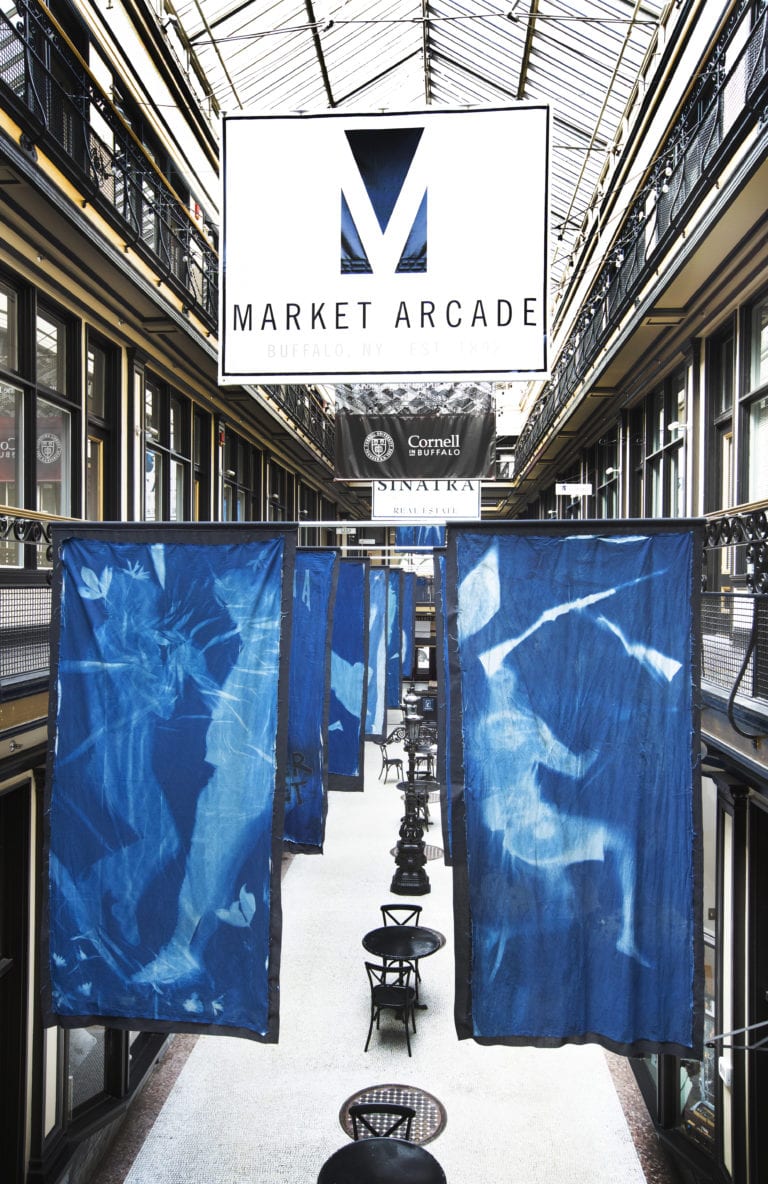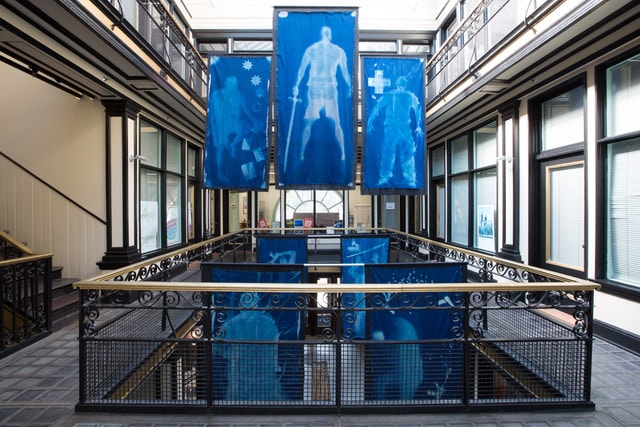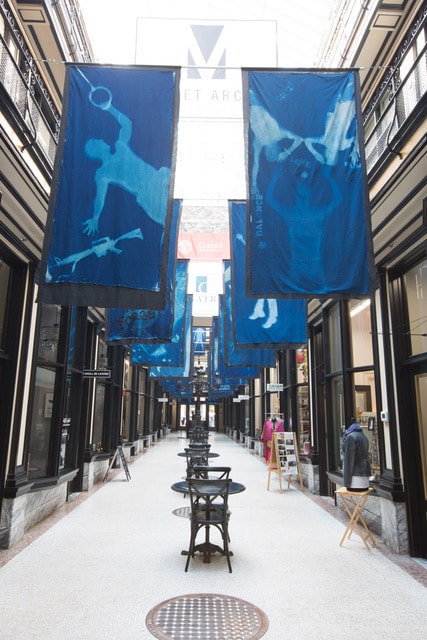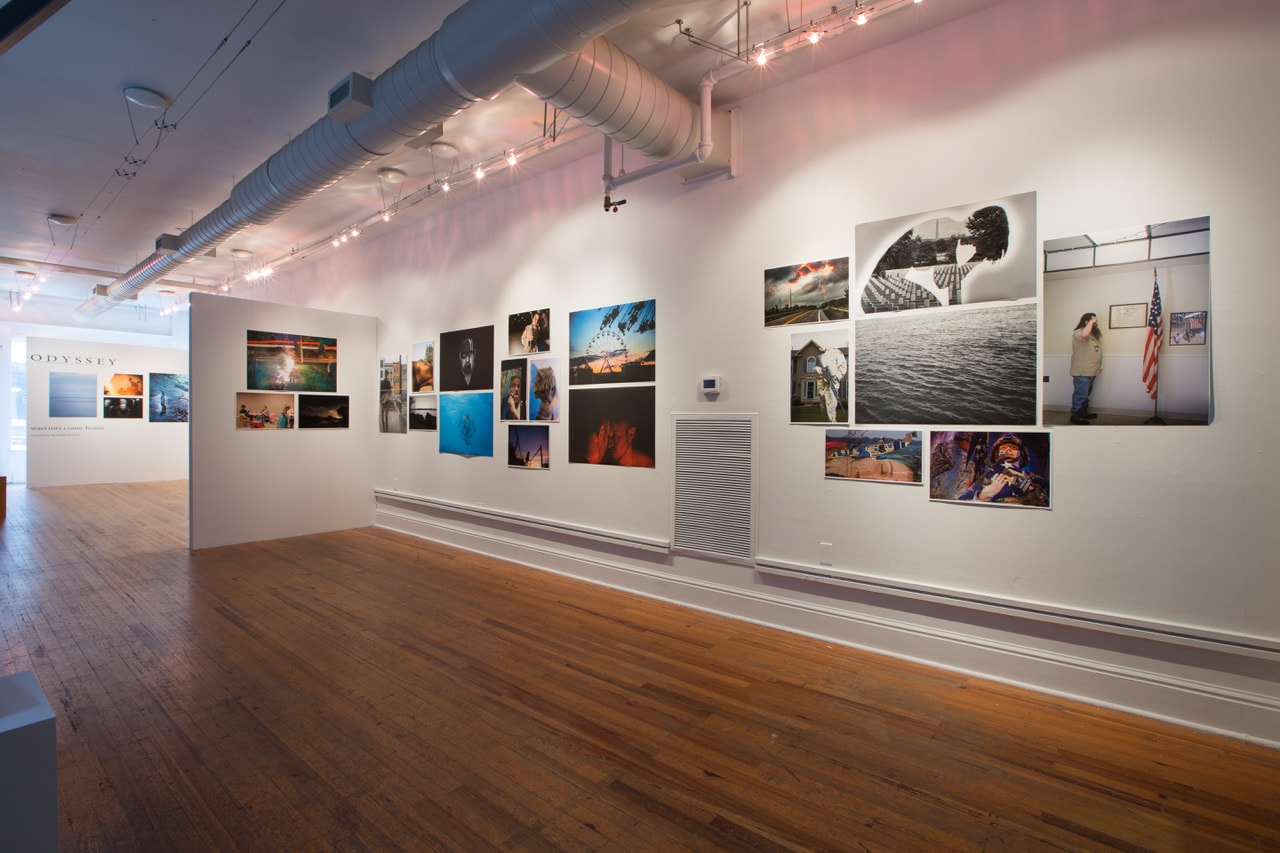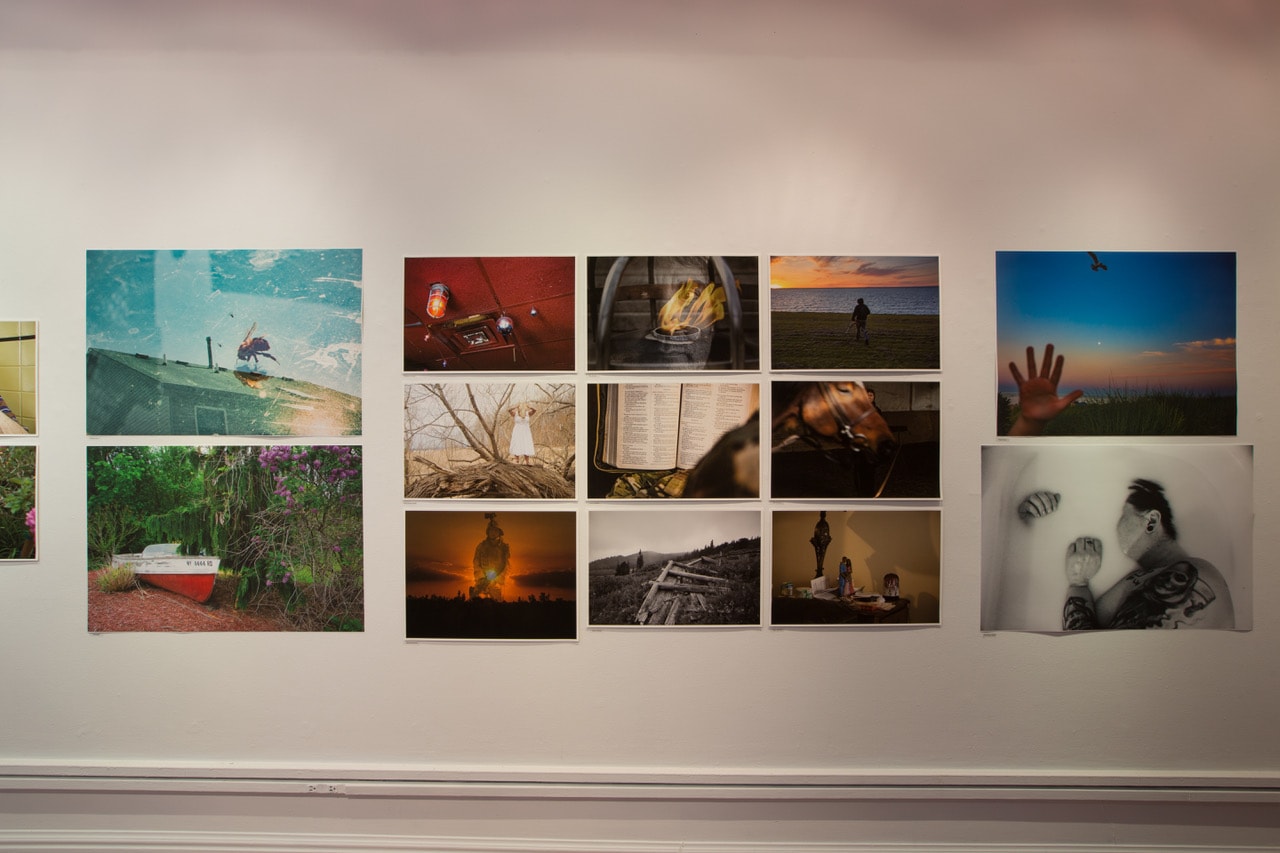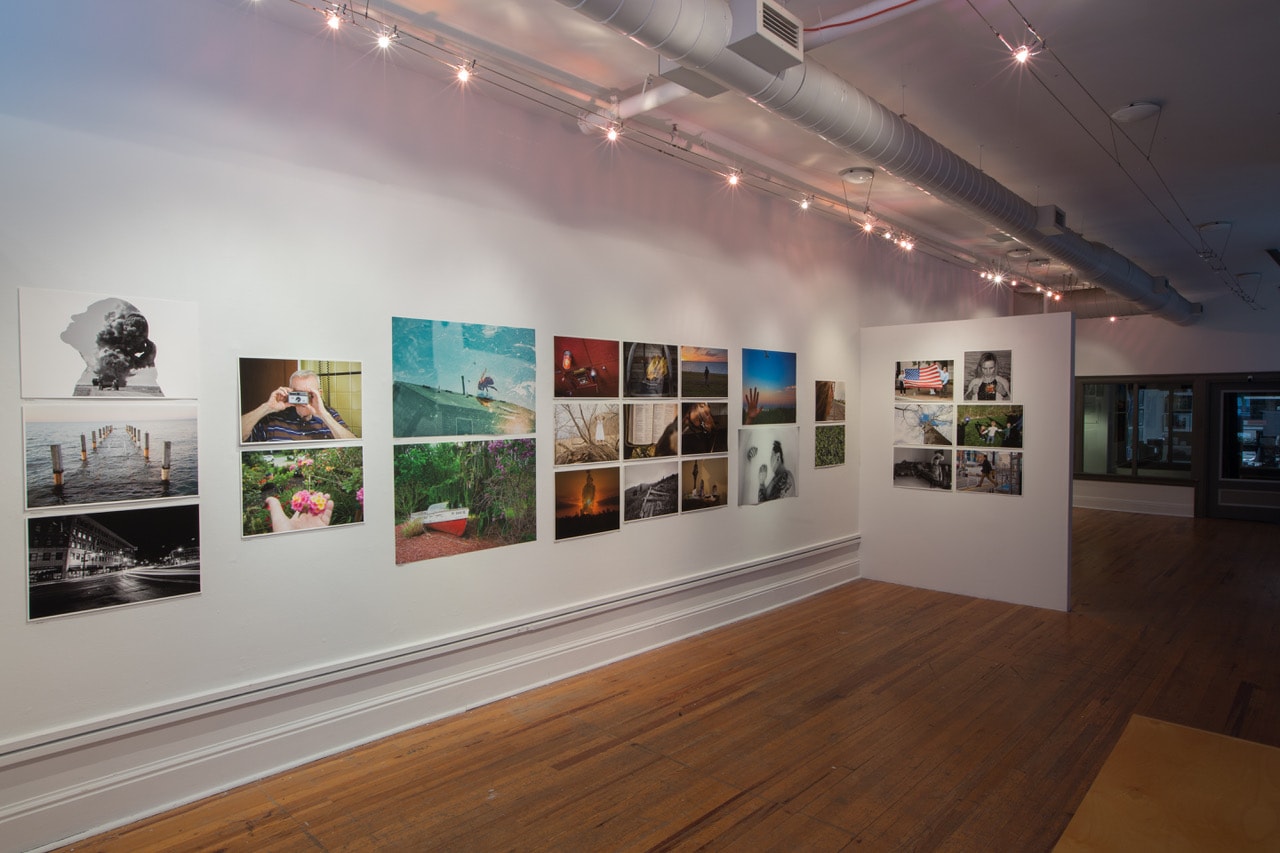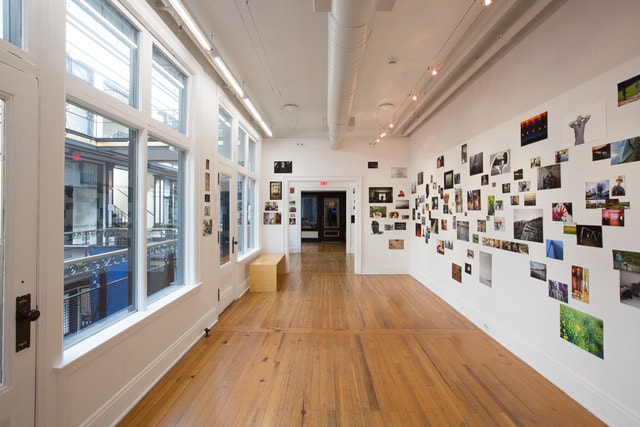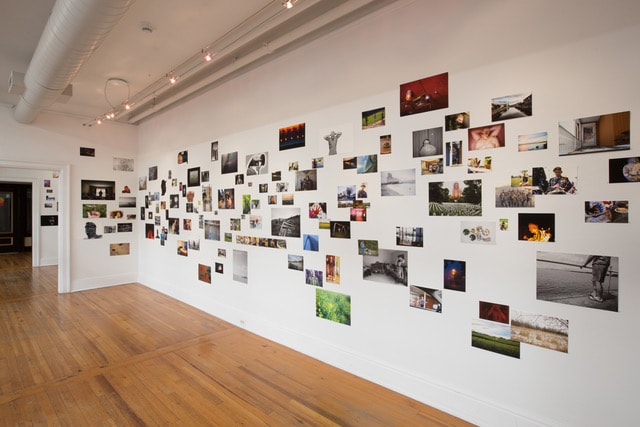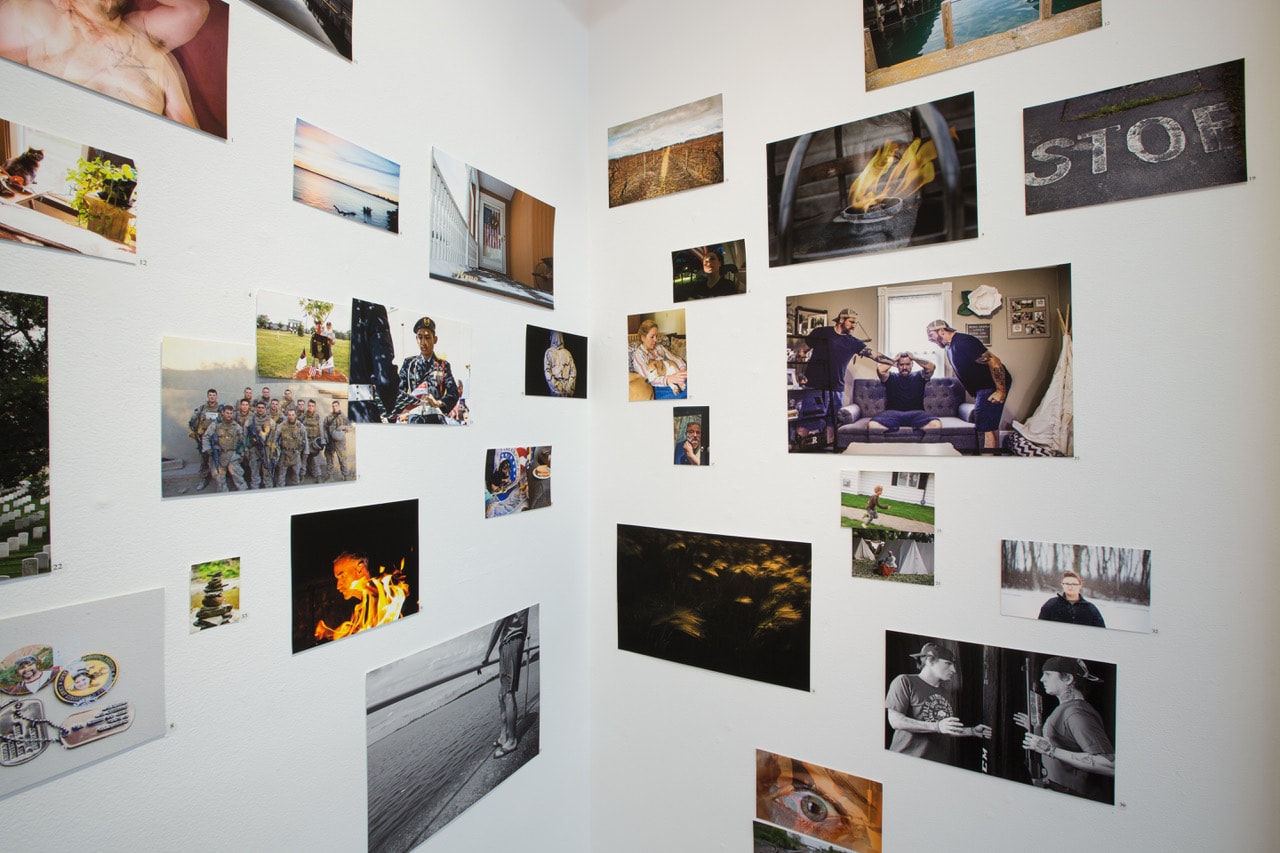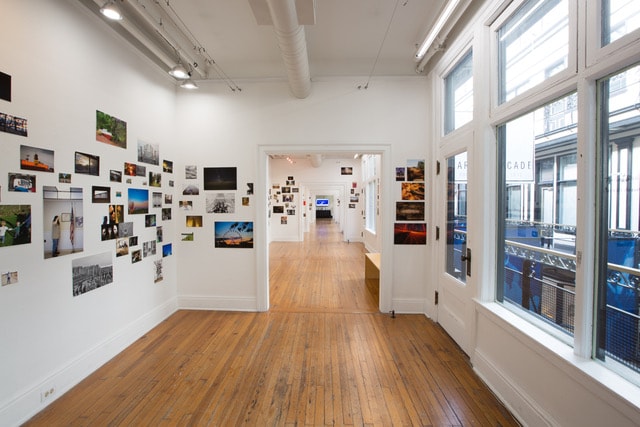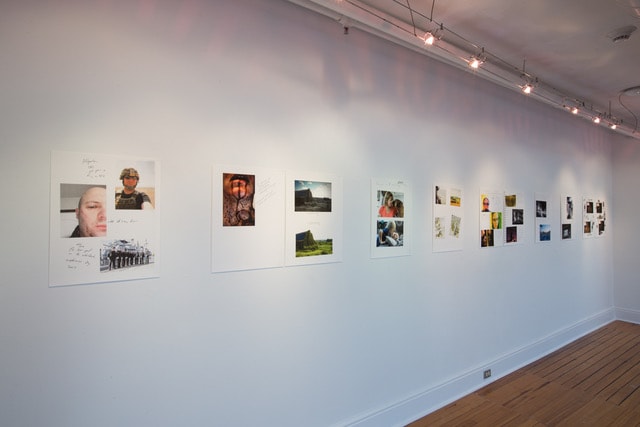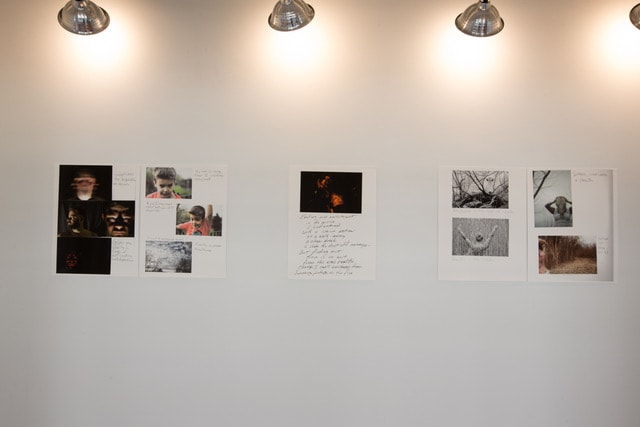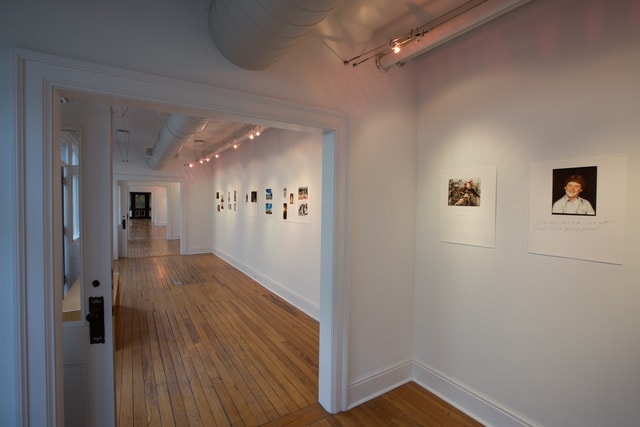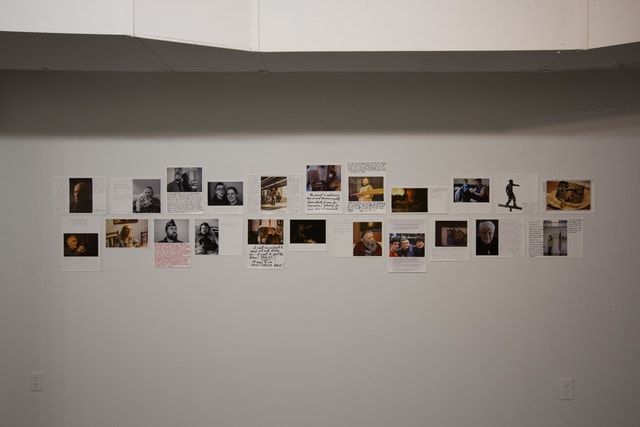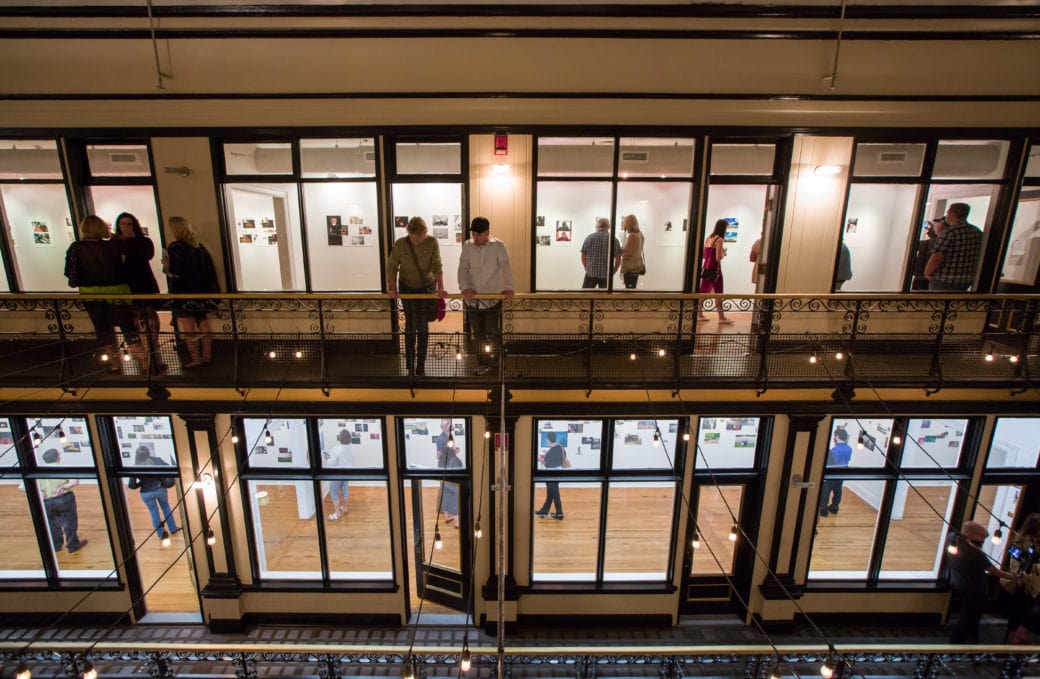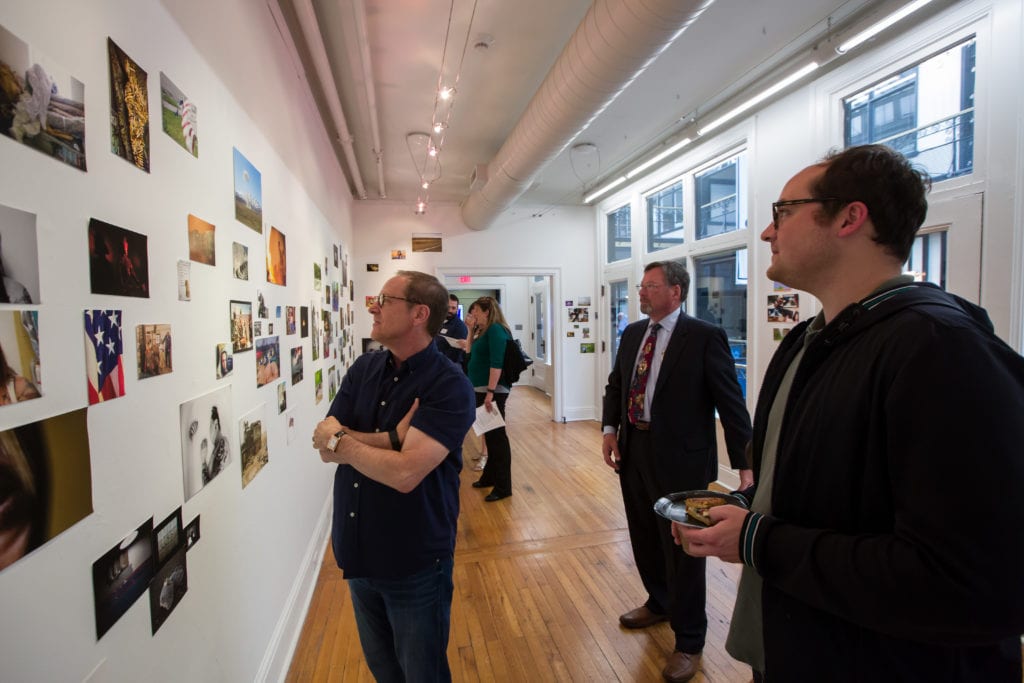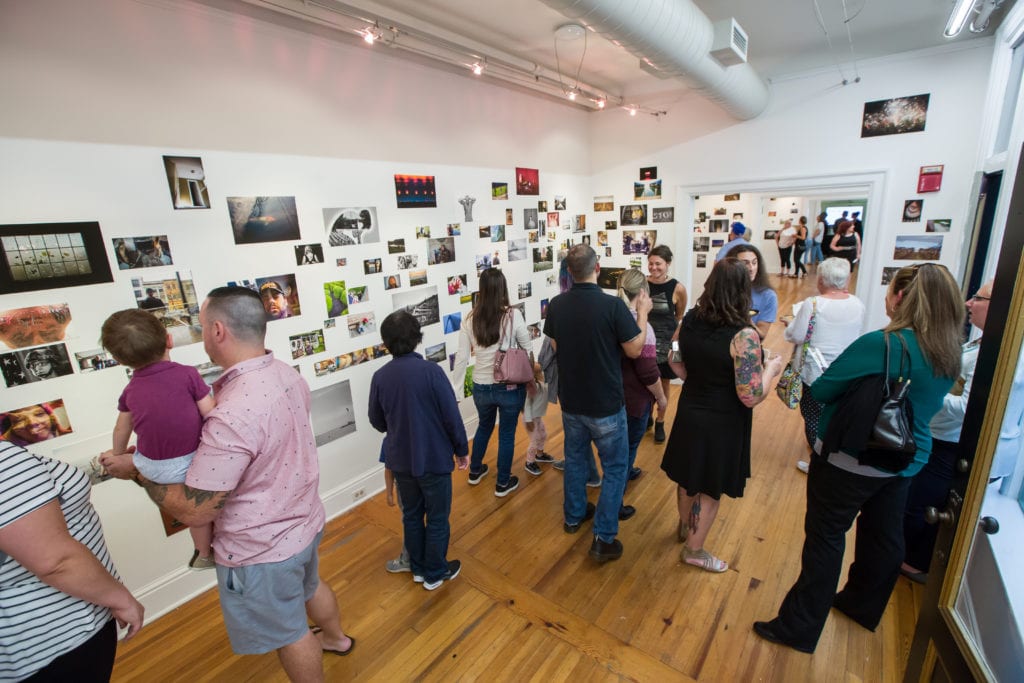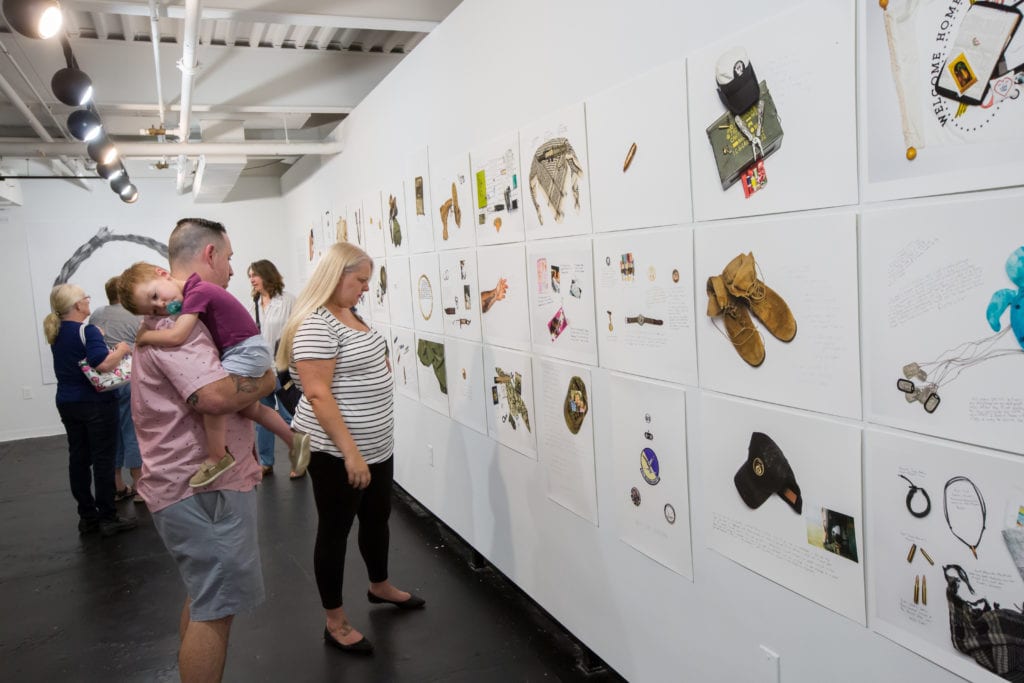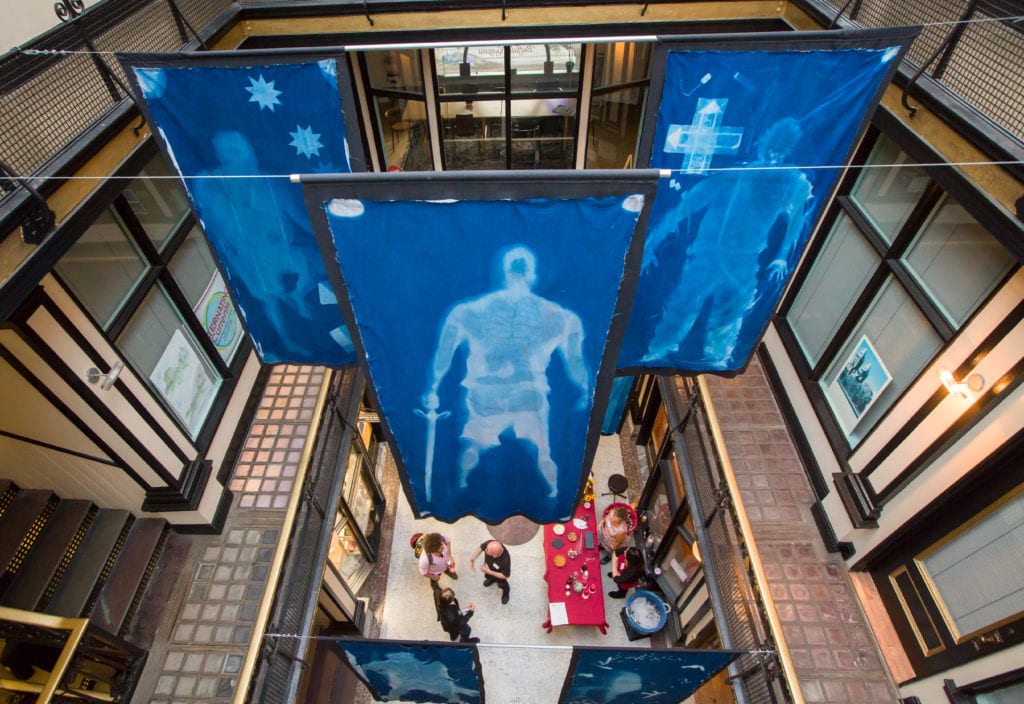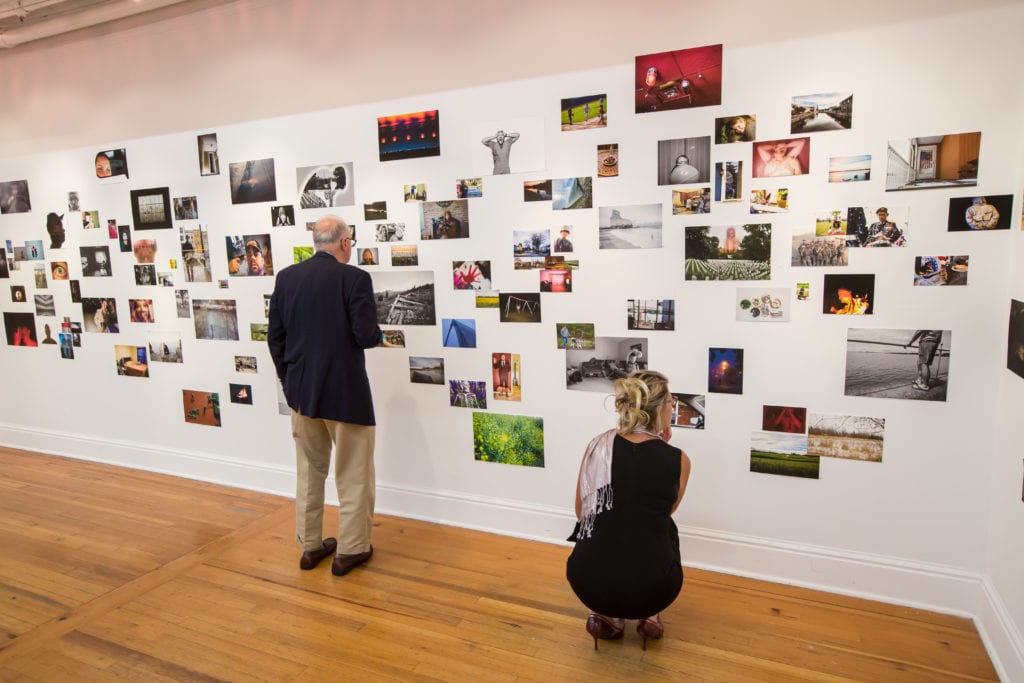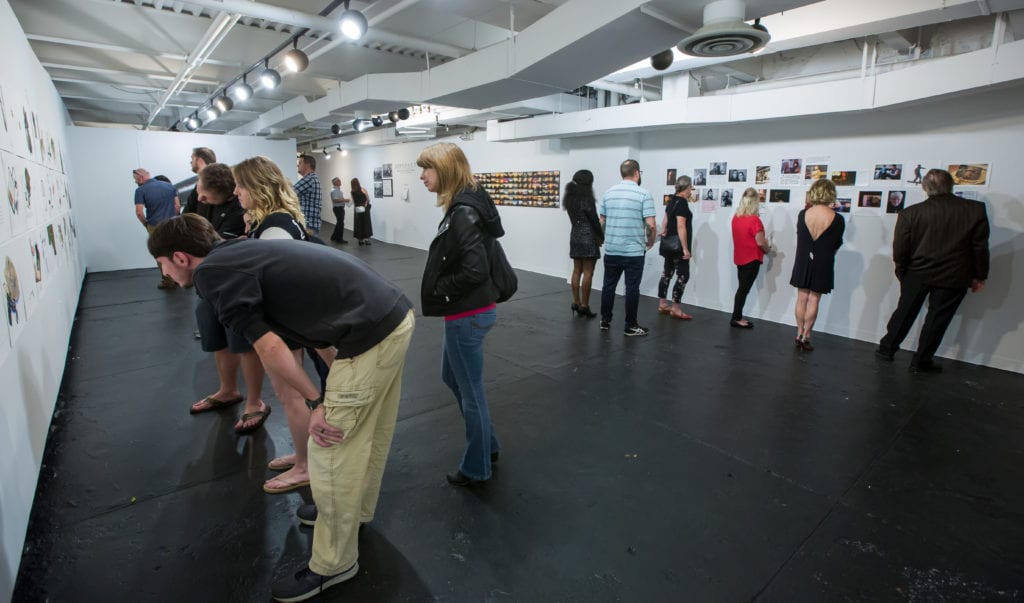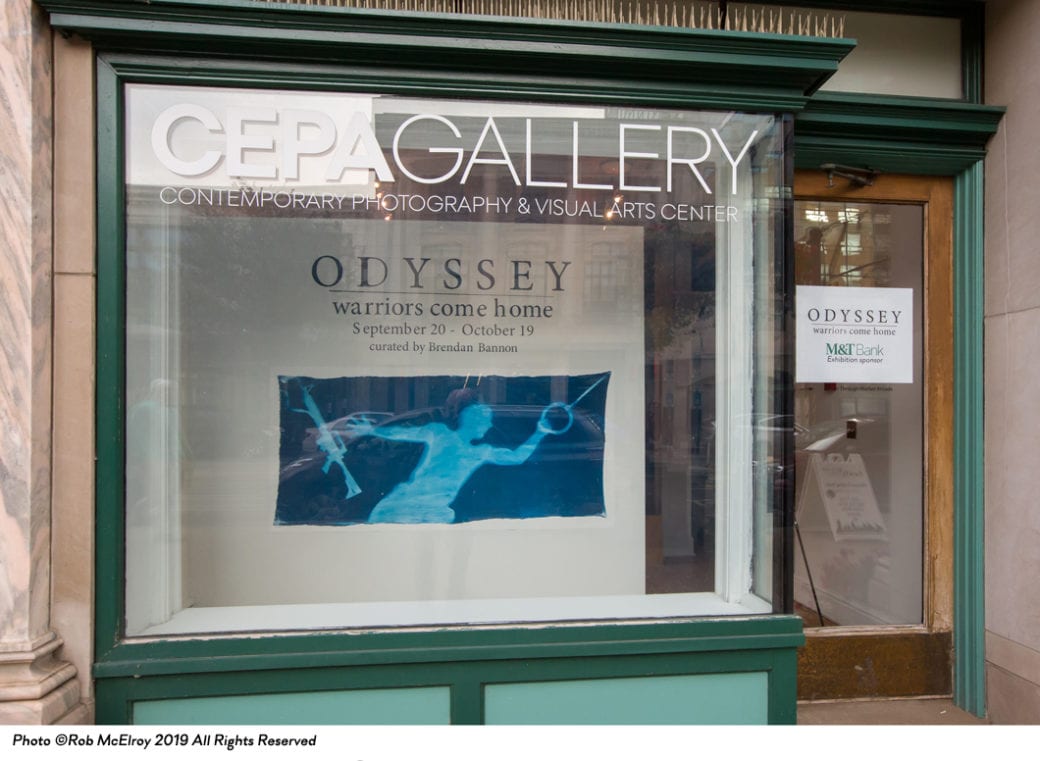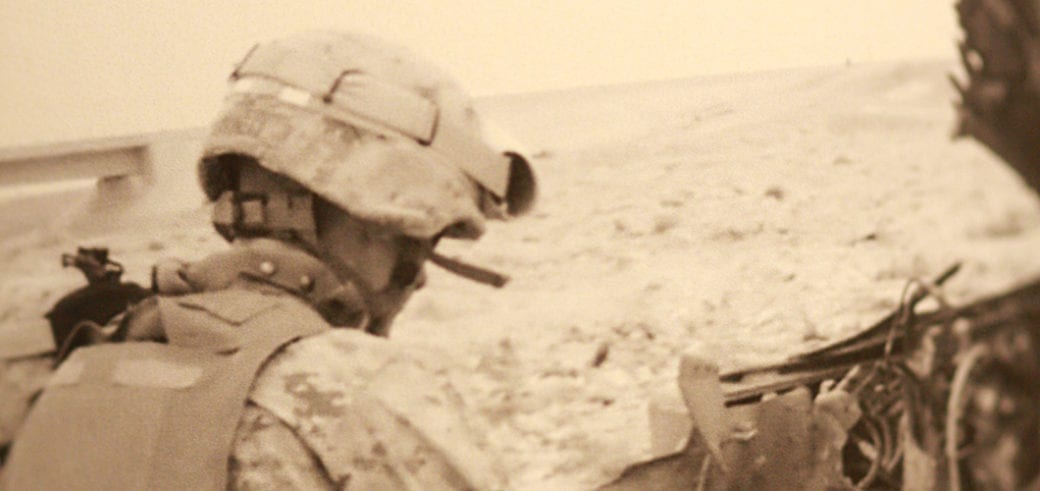Witness the journey home from war through the photographs and writing of combat veterans.
In a photography exhibit that spans four floors, veterans explore the challenges of returning from battle and share their creative victories over circumstances in ODYSSEY / Warriors Come Home. Project founder Brendan Bannon and co-teaching artist Julian Chinana led participants identified by the Veterans One-stop Center of WNY through CEPA Gallery’s Odyssey Workshops to produce the artwork.
Image Credit: Nate Maybee, Going Back
About Veterans One-stop Center of WNY
The Veterans One-stop Center of WNY is a 501(c)(3) non-profit providing supportive services to veterans and their families in a convenient single location where they can access a holistic range of social and health services needed to complete the transition to civilian life. We provide barrier free access in the comfort of a “home base” environment that is always welcoming, affirming and responsive to their needs.
Services are provided by existing, independent service provider partners working together in a coordinated way to provide a seamless program that assists Veterans and their families in dealing with the various challenges they encounter. Any veteran regardless of status is eligible for our services.
We empower veterans to achieve economic success, housing stability, and emotional health and well being.
Visit vocwny.org to learn more.




